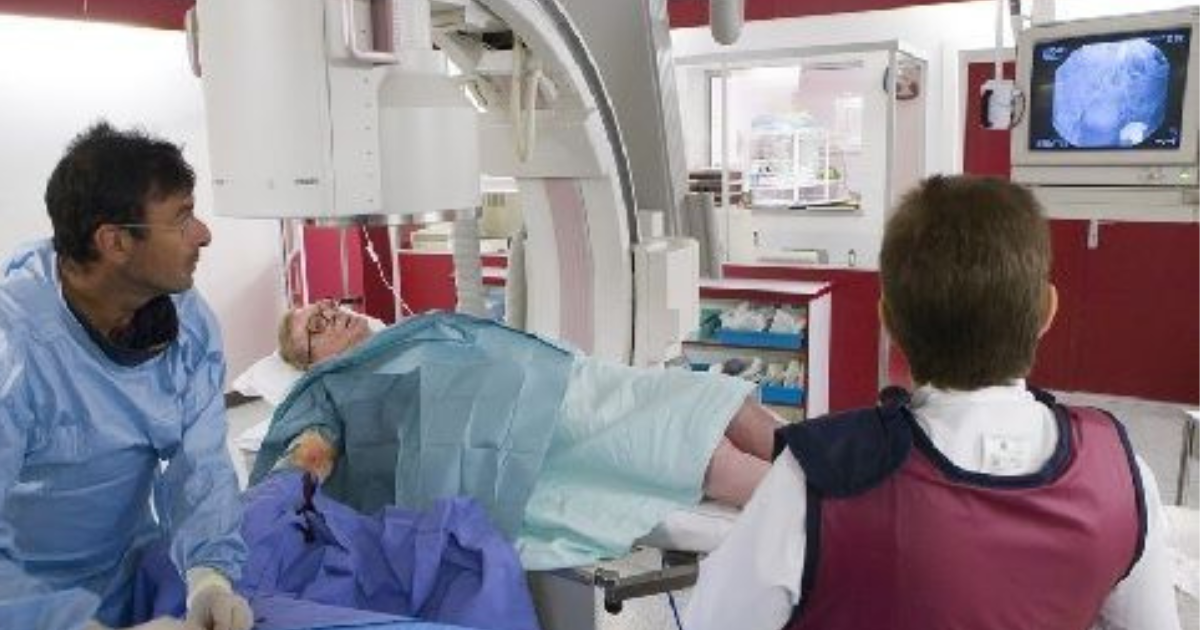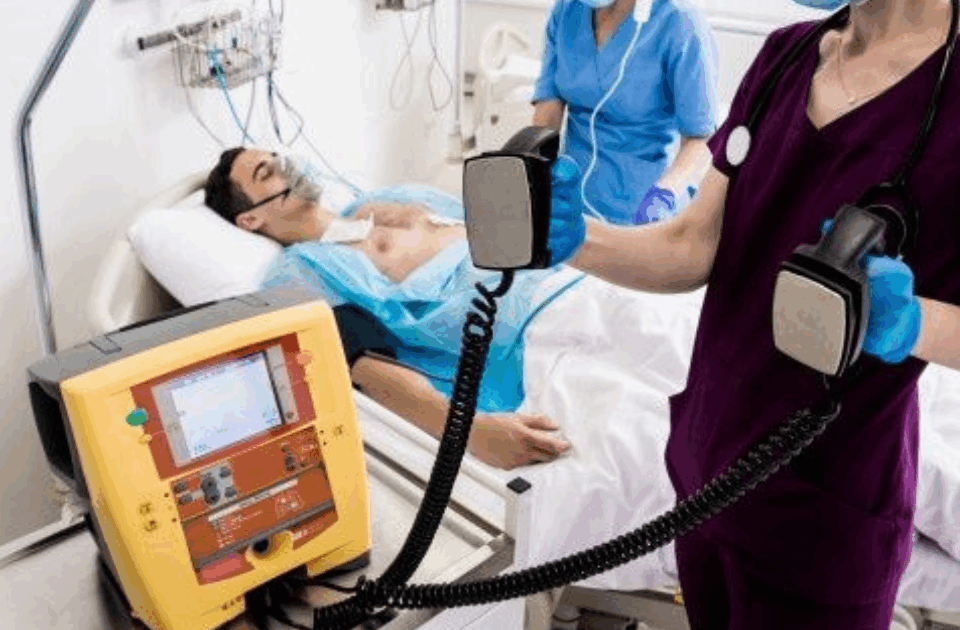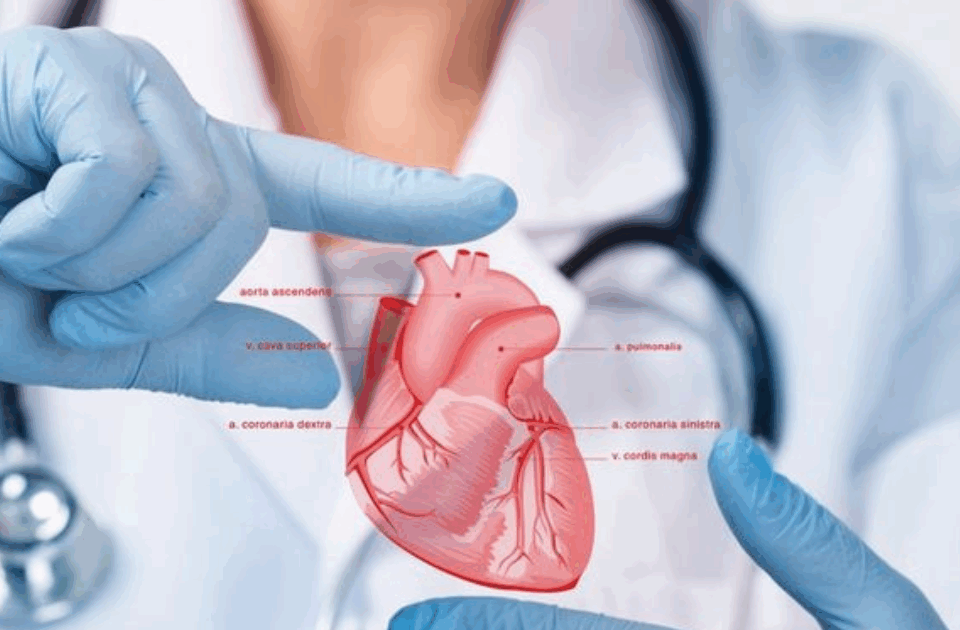
Why You Should Choose Novocare for Your Men’s Health Check-ups
September 12, 2025
How Novocare’s Latest Cath Lab Helps Diagnose and Treat Heart Disease
September 12, 2025Introduction
Cardiovascular disease remains a leading cause of illness and mortality worldwide, making early diagnosis and intervention critical for heart health. Two essential procedures in cardiology—angiography and angioplasty—play a pivotal role in detecting and treating heart conditions effectively.
At Novocare Hospital, our cardiology department provides state-of-the-art facilities, expert consultations, and personalized care plans for patients requiring these procedures. This guide explains the purpose, process, benefits, and aftercare of angiography and angioplasty, emphasizing why Novocare is a preferred choice for heart care.
What is Angiography?
Angiography is a diagnostic procedure used to visualize blood vessels, particularly arteries and veins, to identify blockages or abnormalities. It helps cardiologists detect conditions like coronary artery disease, aneurysms, or vascular malformations.
Key Objectives of Angiography
| Objective | Purpose |
|---|---|
| Detect Blockages | Identify narrowing or obstruction in coronary arteries |
| Evaluate Blood Flow | Assess circulation to vital organs |
| Plan Interventions | Guide treatment decisions such as angioplasty or bypass |
| Assess Stents or Grafts | Monitor previously placed stents or grafts for complications |
Novocare Advantage: Advanced imaging techniques provide high-resolution, accurate visualization of blood vessels, allowing precise diagnosis and treatment planning.
The Angiography Procedure
Angiography is generally performed under local anesthesia and involves inserting a thin catheter into the blood vessel, typically in the wrist or groin. A contrast dye is then injected, making arteries visible on X-ray or advanced imaging systems.
Step-by-Step Process
- Preparation: Patient fasting and pre-procedure evaluation.
- Catheter Insertion: A small incision allows insertion into the artery.
- Contrast Injection: Radiopaque dye highlights vessels.
- Imaging: X-rays or fluoroscopy capture detailed images of arteries.
- Assessment: Cardiologist analyzes images to identify blockages or anomalies.
Duration: 30–60 minutes on average.
What is Angioplasty?
Angioplasty, also known as percutaneous coronary intervention (PCI), is a therapeutic procedure used to open narrowed or blocked arteries, restoring blood flow to the heart. Often, angioplasty is performed immediately after an angiography if a significant blockage is detected.
Key Objectives of Angioplasty
| Objective | Purpose |
|---|---|
| Open Blocked Arteries | Restore blood flow to heart muscle |
| Relieve Chest Pain | Reduce angina symptoms |
| Prevent Heart Attack | Minimize risk by restoring circulation |
| Maintain Long-Term Heart Health | Often involves stent placement to prevent re-narrowing |
Novocare Advantage: Modern balloon angioplasty and stent technologies reduce complications and improve recovery.
The Angioplasty Procedure
- Pre-Procedure Evaluation: Blood tests, ECG, and imaging.
- Catheter Insertion: Through wrist or groin artery.
- Balloon Inflation: A small balloon opens the blocked artery.
- Stent Placement: A stent is often deployed to keep the artery open.
- Completion: Catheter removal and compression of insertion site.
- Recovery: Short observation in the hospital, usually 24–48 hours.
Duration: 60–90 minutes on average, depending on complexity.
Differences Between Angiography and Angioplasty
| Feature | Angiography | Angioplasty |
|---|---|---|
| Purpose | Diagnostic | Therapeutic |
| Procedure Type | Imaging of arteries | Opening blocked arteries |
| Invasiveness | Minimally invasive | Minimally invasive, may require stent |
| Recovery Time | Few hours | 1–2 days hospital stay |
| Outcome | Identifies problems | Resolves blockages, restores blood flow |
Benefits of Angiography and Angioplasty
| Benefit | Explanation |
|---|---|
| Early Detection | Angiography identifies blockages before severe complications |
| Symptom Relief | Angioplasty reduces chest pain and shortness of breath |
| Prevents Heart Attack | Restores blood flow to prevent myocardial infarction |
| Personalized Treatment | Enables cardiologists to plan precise interventions |
| Improved Quality of Life | Patients experience better exercise tolerance and daily functioning |
Who Should Consider These Procedures?
- Men and women with chest pain or angina
- Patients with shortness of breath or fatigue
- Individuals with high cholesterol, hypertension, or diabetes
- Patients with a family history of coronary artery disease
- Those with abnormal stress test or ECG results
Novocare Insight: Early evaluation ensures the best outcomes and may prevent the need for more invasive surgery.
Risks and Precautions
While generally safe, angiography and angioplasty carry potential risks:
| Risk | Description | Mitigation at Novocare |
|---|---|---|
| Bleeding or Bruising | At catheter insertion site | Careful monitoring and compression |
| Infection | Rare complication at insertion site | Sterile techniques and prophylactic measures |
| Allergic Reaction | To contrast dye | Pre-screening and emergency management |
| Artery Damage | Rarely occurs during catheter insertion | Experienced interventional cardiologists |
| Blood Clots | Can occur post-procedure | Blood-thinning medications and monitoring |
Recovery and Post-Procedure Care
Angiography Recovery:
- Bed rest for a few hours
- Avoid strenuous activity for 24 hours
- Hydrate to help flush contrast dye
Angioplasty Recovery:
- 1–2 days hospital observation
- Gradual return to normal activity
- Medications for heart protection and stent maintenance
- Follow-up visits for monitoring and lifestyle guidance
Lifestyle Recommendations Post-Procedure:
- Heart-healthy diet (low salt, low saturated fat)
- Regular physical activity as advised
- Stress management through meditation or counseling
- Smoking cessation and moderation of alcohol
FAQs About Angiography and Angioplasty
1. Are angiography and angioplasty painful?
Most patients experience minimal discomfort; local anesthesia and sedation are used.
2. How long does each procedure take?
Angiography: 30–60 minutes; angioplasty: 60–90 minutes on average.
3. Is hospitalization required?
Angiography often requires a few hours observation; angioplasty typically requires 1–2 days.
4. Can angioplasty prevent heart attacks?
Yes, by restoring blood flow, it significantly reduces the risk of myocardial infarction.
5. What is a stent, and why is it used?
A stent is a small mesh tube placed in the artery to keep it open after angioplasty.
6. Are there any dietary restrictions post-procedure?
A heart-healthy diet is recommended, including fruits, vegetables, lean proteins, and whole grains.
7. How soon can I resume normal activities?
Light activities are usually safe after a day or two; strenuous exercise should follow medical advice.
8. Are these procedures safe for older adults?
Yes, with proper evaluation and monitoring, these procedures are safe and effective.
9. Can angiography detect all heart problems?
Angiography is excellent for detecting blockages and vascular anomalies but may be complemented by other tests.
10. How does Novocare ensure safety during these procedures?
Advanced imaging, sterile techniques, experienced cardiologists, and continuous monitoring ensure maximum safety.
11. Are multiple angioplasties ever needed?
In some cases, patients may require additional interventions if new blockages develop.
12. Is there a risk of restenosis after stent placement?
Modern drug-eluting stents significantly reduce the risk, and medications further prevent re-narrowing.
13. Can lifestyle changes reduce the need for angioplasty?
Healthy diet, exercise, and managing blood pressure and cholesterol can lower risk but may not eliminate the need for intervention if blockages develop.
14. Are these procedures covered by insurance?
Most major health insurance plans cover angiography and angioplasty; coverage depends on the provider.
15. How do I schedule an angiography or angioplasty at Novocare?
Appointments can be booked online, via phone, or through a referral from your primary physician.
Expert Conclusion from Novocare Cardiology Specialists
Angiography and angioplasty are life-saving procedures that enable early detection and treatment of cardiovascular disease. Novocare Hospital combines cutting-edge technology, skilled cardiologists, and personalized care plans to ensure safe, effective, and comprehensive heart care.
Regular screenings, timely intervention, and lifestyle modifications complement these procedures to improve long-term heart health and quality of life. Choosing Novocare ensures that patients receive expert guidance, continuous monitoring, and holistic care tailored to their unique cardiovascular needs.




